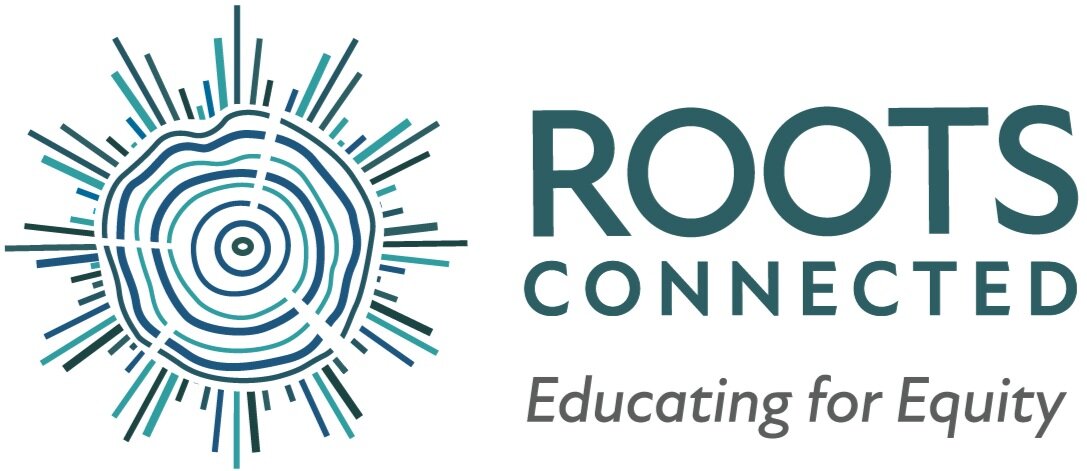Growing in Practice: Honoring Black Joy
“Black Joy” is a phrase we hear often that can live in practice and meaning in so many different ways. For some it is a reflection of lived experiences, for others a goal to teach Black history beyond a deficit experience. Maybe it is both or neither. How then do we grow together in exploring what it can mean for us both individually and collectively, in our practice as a community that serves students?
Bettina Love writes “ The hashtags #BlackGirlMagic, #BlackBoyJoy, #BlackGirlsRock, #CareFreeBlackKids, #BlackManJoy, and #BlackJoyProject are not just social media gimmicks or trends; they are what’s needed for resistance, freedom, healing, and joy. Joy is crucial for social change; Joy is crucial for teaching. Finding joy in the midst of pain and trauma is the fight to be fully human. A revolutionary spirit that embraces joy, selfcare, and love is moving towards wholeness. Acknowledging joy is to make yourself aware of your humanity, creativity, self-determination, power, and ability to love abundantly.”
We believe that it is important for consistent space to be made to honor, celebrate, and center Black Joy, in the classroom and in curriculum. This resource is intended to serve as a support for educators to make space to understand and consider what “Black Joy” means to them personally and in their practice.
The goals of Community Building and Representation of Anti-Bias Education are important to consider and keep as a lens when approaching the work of more deeply understanding Black Joy.
Before digging into resources, it may be helpful for you/your staff to consider the following questions as a way to frame the reading and understanding of the resources.
Framing Questions
Defining Black Joy:
How are the sources describing Black Joy?
What does this mean to you now? How is this different from community building?
Why is this important?
How does the concept of Black Joy connect to other marginalized groups?
Cultivating Joy and Liberation Through Classroom Culture:
How are we creating spaces for students to feel like they can be their authentic selves, share their stories, and be brave?
What is the role of joy in the classroom?
Joy as Resistance in the Curriculum:
What are the ways in which we already meaningfully integrate joy as resistance into the curriculum ?
What are ways in which we can do more to meaningfully integrate joy as resistance into the curriculum?
Below is a list of resources to explore to support a deepened understanding of Black Joy. This list is by no means comprehensive, but serves as a place to start.
Resources
Source Title and Link:
Source Description:
A BEAUTIFUL RESISTANCE: Black joy, Black lives, as celebrated
By Culture Columnist Jeneé Osterheldt
This source is a collection of stories/videos that highlight Black joy and Black lives as resistance.
“We are more than police brutality and suffering. We can acknowledge injustice without being defined that way. Blackness is not a burden. Here, we tell our stories and our struggles, too, through the lens of love. We amplify the truths of Black folk and other people of color living as their fullest selves in a region, in a country, set up to keep them from doing just that. Their joy is a form of resistance. Join us on Instagram @abeautifulresistance”
Author and professor, Bettina Love, discusses the role Black Joy plays in collective liberation. Paired with this video is Bettina Love’s chapter on Black Joy from her book, We Want To Do More Than Survive: Abolitionist Teaching and the Pursuit of Educational Freedom.
By Cody Charles
BIPOC with various other identifiers explain what Black joy means to them and how they practice it.
What Black Joy Means - And Why It’s More Important Than Ever
By Chanté Joseph
Writer and broadcaster, Chanté Joseph, explores the history of Black Joy and how some BIPOC are using Black Joy as a form of resistance.
Focus, Resistance & Joy: Lessons Learned from Black Communities, and Education for Liberation
By Leah Q. Peoples and Lindsey Foster
From NYU’s Metropolitan Center for Research on Equity and the Transformation of Schools, Leah Q. Peoples and Lindsey Foster share 4 lessons that came out of a pandemic year filled with challenges, and it includes cultivating Black Joy.
Don’t Teach Black History Without Joy
By Jania Hoover
Jania Hoover, a 16 year veteran educator, offers suggestions on how to incorporate Black joy in social studies curriculum.
By Kaitlin Smith
This source delves into imagining Black Joy through the lens of Afrofuturism. “Regardless of the particular teaching strategies and tools that individual educators use to honor Black joy, the afrofuturist framework can help students encounter the past with fresh questions and envision futures that represent a radical departure from our current social reality.”
You Are Your Best Thing, Chapter: This Joy I Have
By Austin Channing Brown
This excerpt, from the book You are Your Best Thing, is a personal narrative elucidating from a personal perspective about Black Joy.
Following individual exploration with framing questions in mind, it can be really impactful to shift focus to thinking about your practice and work together as educators. To have these conversations, below are some questions you can use to frame your conversations in small groups or planning settings.
Reflection Questions
Based on your reflection on the resources, what are the implications for your classroom practice, culture, routines, and curricular choices? What do you want to commit to trying or thinking and talking more about?
What other take-aways or questions do you have for your team to think about based on looking through resources, discussion, individual reflection?
We cannot understate the importance of revisiting norms throughout the course of these discussions. To read more about setting up norms in your community click here!
We hope the above resources can serve as a catalyst for many continued conversations as communities of educators growing together, centering the humanity of all children.
“Our community has learned that even the darkest depths of human evil can not snuff out our experience of joy, of laughter and love, of good food and good conversation, of family legacy and hope for the future, of creative endeavor and the pursuit of justice. The joy of Blackness persists. Our joy is in having loved and been loved well. Our joy is in the ties that bind us to one another. Our joy is in the legacy of all that our ancestors have done for us. Our joy is in being able to participate in that legacy now. Our joy is in the taste of freedom, regardless of whether we got only a morsel of the whole pie. Our joy is in a shared language. A shared dance, a shared game, a shared song Our joy is in having left a mark in the world, being able to say, I was here.”
- Austin Channing Brown






